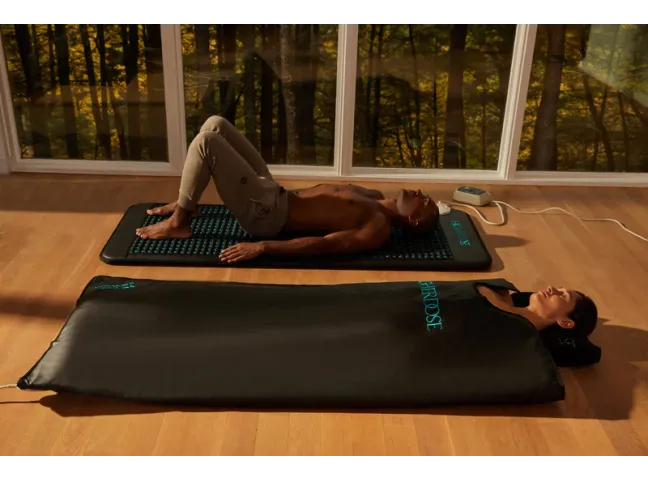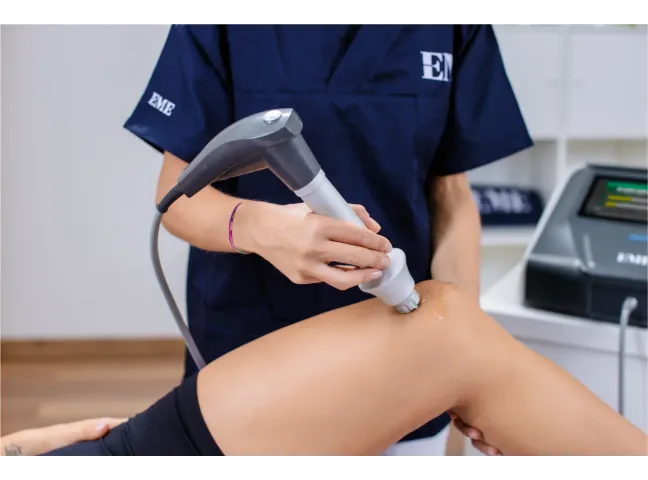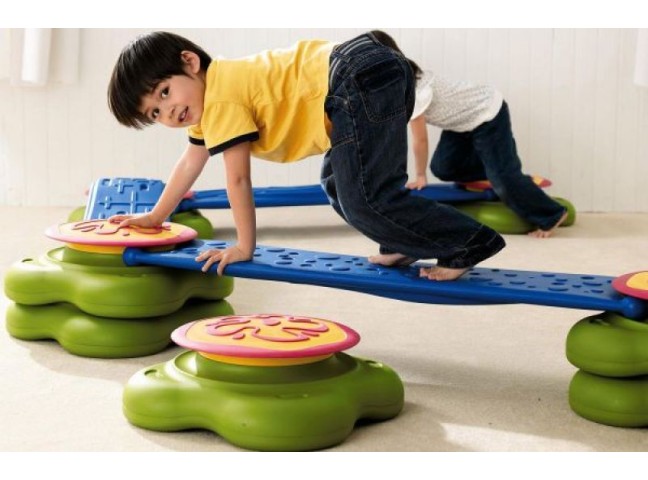Types of Medicine Manikins
1. Basic Manikins
- Anatomical Models: These are simple models used for learning basic anatomy and physiology. They may include individual organs or full-body models.
- CPR Manikins: Designed for cardiopulmonary resuscitation (CPR) training, these manikins teach proper hand placement, depth of compressions, and ventilation techniques.
2. Intermediate Manikins
- Nursing Manikins: These models simulate a variety of nursing procedures, including wound care, injections, catheterization, and vital sign monitoring. They often feature replaceable parts to practice different skills.
- Obstetric Manikins: Used for training in childbirth procedures, these manikins can simulate various birthing scenarios, including complications such as breech births.
3. Advanced Manikins
- High-Fidelity Simulators: These manikins are equipped with advanced technology to mimic human physiological responses. They can breathe, blink, have a heartbeat, and react to medications. They are used in complex scenarios such as trauma, cardiac arrest, and intensive care simulations.
- Surgical Manikins: Designed for surgical training, these manikins allow students to practice incisions, suturing, and other surgical techniques. They often have realistic tissues and organs that respond to procedures similarly to real human tissue.
4. Specialty Manikins
- Pediatric and Neonatal Manikins: These are scaled-down models designed for training in child and infant care, including neonatal resuscitation and pediatric emergency procedures.
- Dental Manikins: Used in dental education, these models help students practice procedures such as fillings, extractions, and cleanings.
Uses of Medicine Manikins
1. Skill Development: Manikins allow students to practice and refine their skills without the risk of harming real patients. This hands-on experience is crucial for building confidence and competence.
2. Scenario Training: Advanced manikins are used in simulated clinical scenarios to teach decision-making, critical thinking, and teamwork. This type of training is particularly important in preparing for high-stress situations like emergencies.
3. Assessment and Certification: Many medical certifications require practical assessments, which are often conducted using manikins. They provide a standardized way to test a student’s ability to perform procedures correctly.
4. Continuing Education: For practicing healthcare professionals, manikins are used in continuing education to keep skills sharp and to train on new procedures or equipment.
Questions?
If you have any questions, please contact the Rehastar.com online store staff by phone during business hours from 08:00 to 17:00 on weekdays or by email at any time, and we will strive to respond to you as soon as possible.
Email: info@rehastar.com
Phone: +370 626 11553






